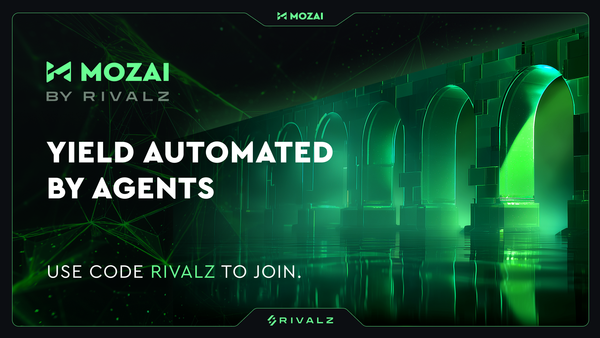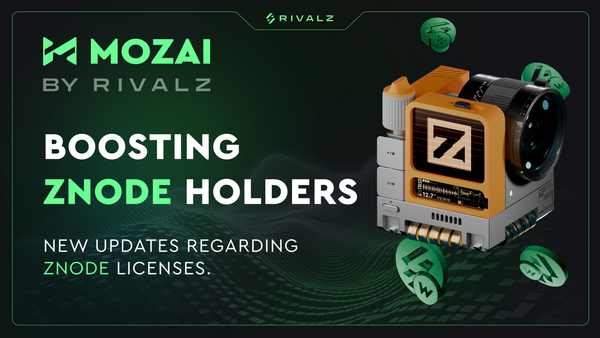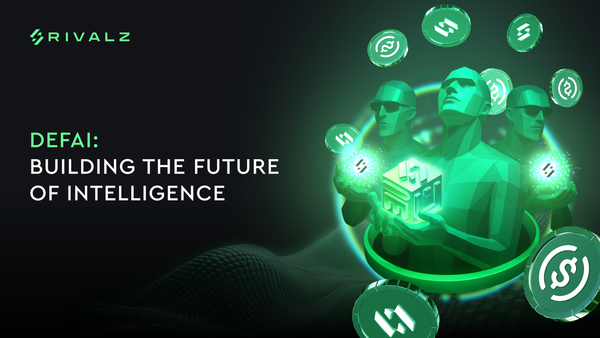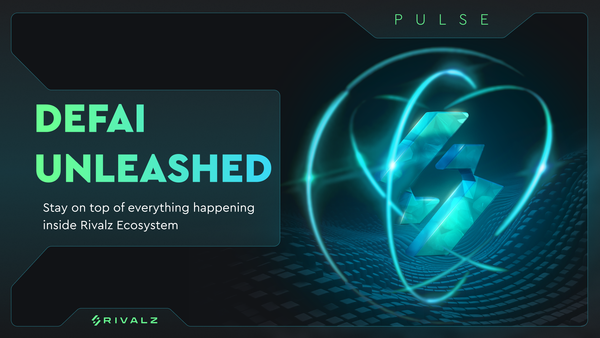Introducing Rivalz: The World Abstraction Layer
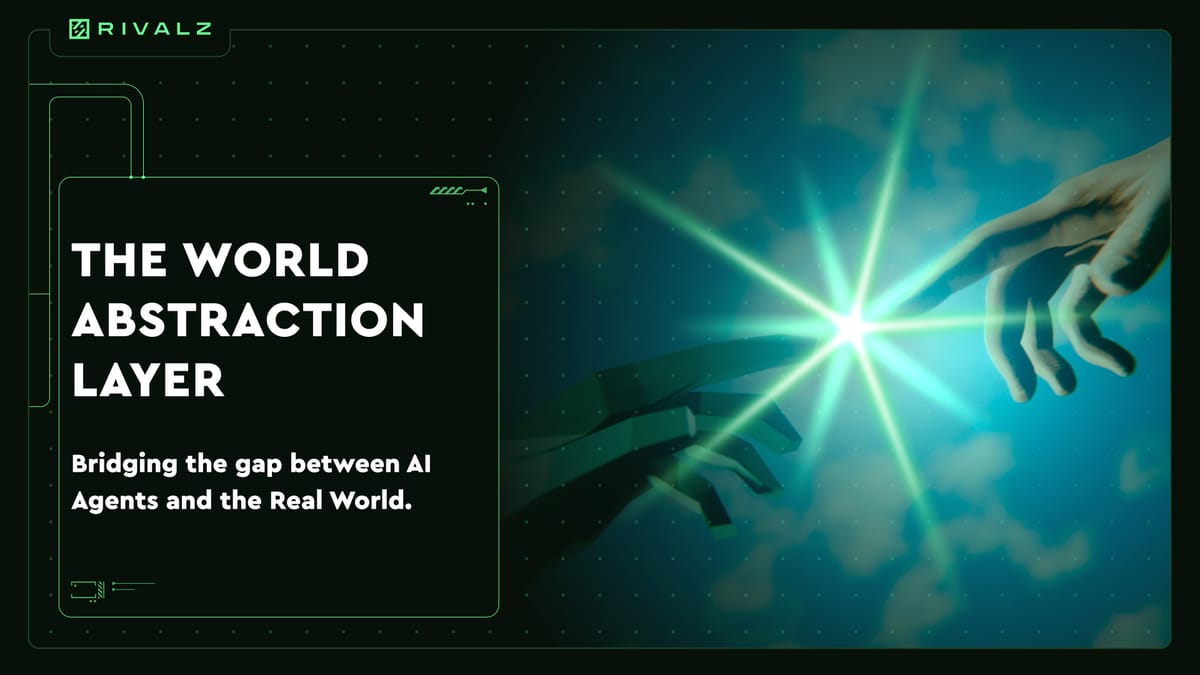
The Light Bulb, Cars, Personal Computers, The Blockchain - great inventions are only recognized as such once they’ve been adopted and make a real World Impact.
In their early days, revolutionary technologies come with layers of obstacles and hurdles that suppress their true potential. It often takes years - or decades - to abstract these barriers, gather the necessary conditions and build the infrastructure that powers these technologies into mass adoption, allowing them to have a real world impact.
AI is no different, one of the largest obstacles AI agents face is limited access to real-world resources. These can include digital assets, human interaction and Decentralized Physical Infrastructure Networks (DePIN). Unlocking these resources and solving fragmentation is the path to unlocking the agentic future.
Our solution is to build the World Abstraction Layer - a powerful system made of 5 key modules; Data, Connectivity, Identity, Resource & Application. When carefully orchestrated together, these modules are the very bridge connecting AI agents and the Real World.
Lifting the curtain - that is World Abstraction.

Achieving World Abstraction: The Five Core Modules
The Rivalz Network is composed of five core modules, creating a holistic ecosystem where AI agents can interact with digital and real world resources seamlessly.
OCY DePIN – Data Module
OCY DePIN is the data module of the World Abstraction Layer. It is a decentralized peer-to-peer (P2P) node network that abstracts or simplifies the complexities of data management for AI agents. It offers decentralized, scalable, efficient and secure data storage that’s optimized specifically for AI.
ADCS – Connectivity Module
In conjunction with the data module, we’re building the Agentic Data Coordination Service (ADCS). This serves as the connectivity module, allowing AI agents not only to communicate with the blockchain through oracles, but provide efficient real-time data and intelligence from a decentralized network of data providers both on chain and off chain.
NOSTRINGS – Identity Module
Acting as the identity and resource mapping module, NOSTRINGS allows users to create AI agents and map out resources they have available. This gives AI agents access to a wide variety of resources in the form of digital assets, personal data, physical resources and human labor without dealing with the underlying complexities
In the future, NOSTRINGS will also provide an agent wallet for Web3 integrations made possible by the OCY DePIN to store private data securely.
ROME – Resource Hub Module
As the resource orchestration and tokenization protocol, ROME allows real-world assets like computational power, storage, bandwidth, and virtual machines mapped with NOSTRINGS to be managed and tokenized through a unified system.
With ROME, AI agents can connect to necessary assets, facilitating the emission of different forms of yield and accelerating the development of extensive DePIN networks.
VORD – Application Module
Building OCY DePIN and ADCS, VORD is the AI x Web3 platform for creating and publishing AI applications enhanced by the other modules making up Rivalz’ World Abstraction Layer. VORD abstracts the process of building AI applications, catering to both no-code builders and developers, offering tools for fast publishing, monetization and integration of custom SDKs.
With VORD, builders can off-load some of the burdens of handling data and AI resources, allowing them to instead focus on their application’s AI use cases and create sophisticated AI assistants and agents.
The Connectivity and Tokenization Infrastructure for AI and the Real World
With Rivalz, the complexities of data management and real-time communication between AI agents and the blockchain are simplified. It streamlines the creation and mapping of AI agents to real-world resources, facilitates the tokenization and orchestration of these resources, and provides a platform for developing AI applications.
The five core modules that make the World Abstraction Layer creates an interconnected ecosystem where AI agents can interact with digital and real world resources seamlessly. It acts as the bridge between AI agents and the various real-world resources they require, unlocking the full potential of an agent-centric future.


